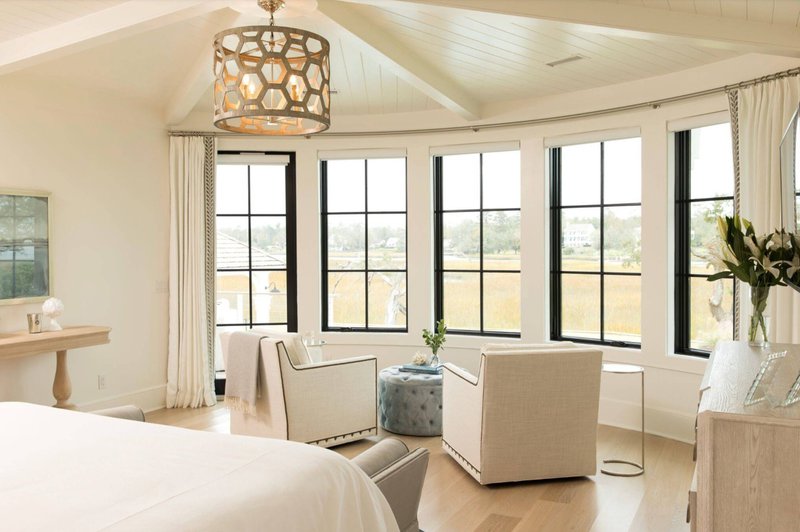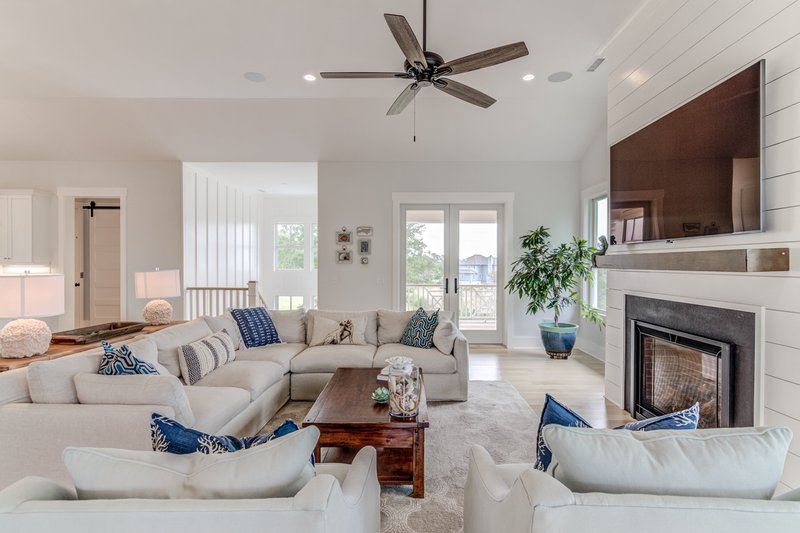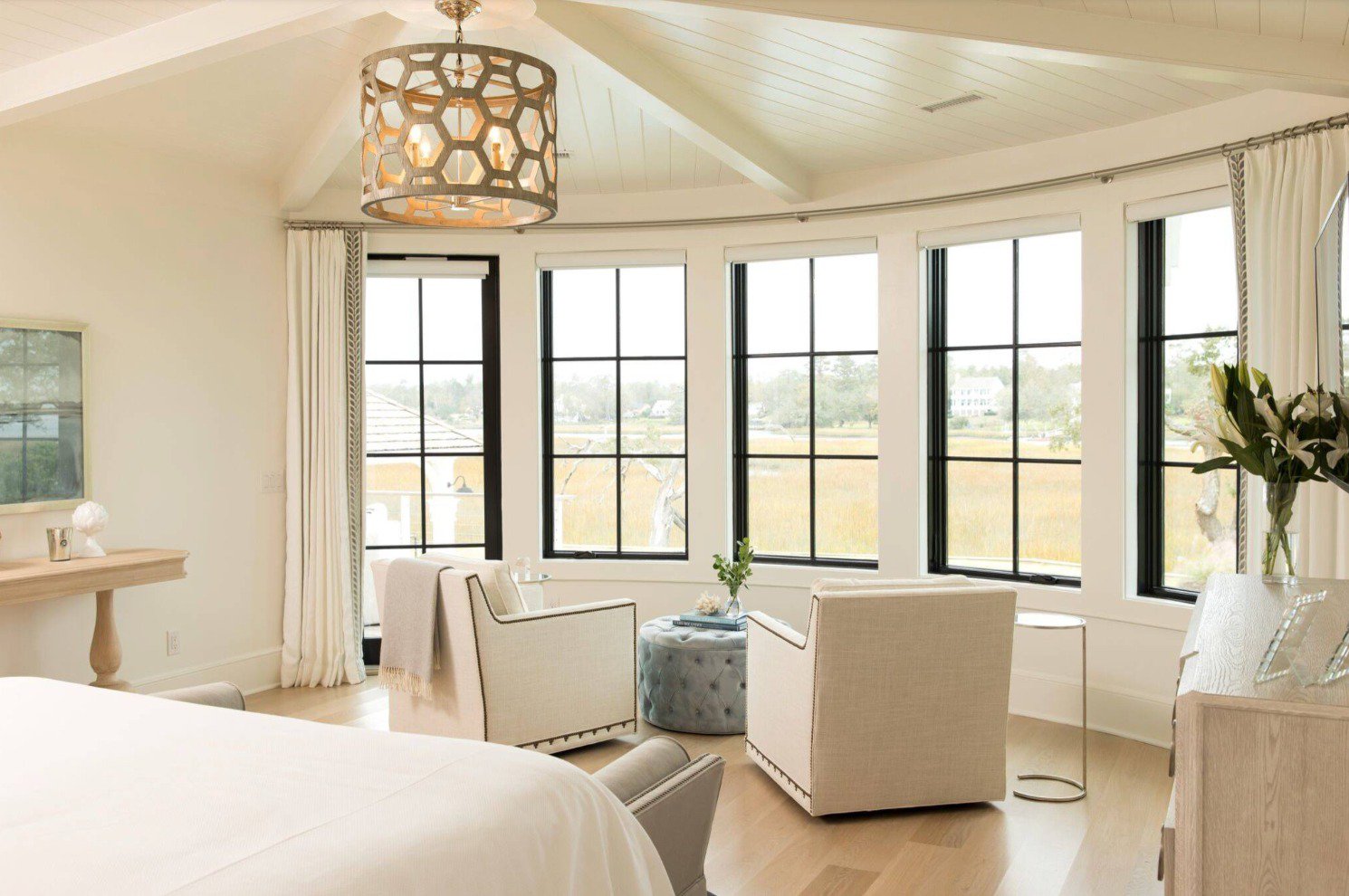Designing a coastal home is as much about comfort as it is about durability. With the combination of ocean breezes, high humidity, and strong sun exposure, a well-planned coastal home design can provide natural cooling without relying heavily on energy-hungry systems. Passive cooling techniques take advantage of natural airflow, strategic layout, and material choices to keep interiors comfortable while reducing utility costs and environmental impact.
Why Passive Cooling Matters in Coastal Home Design
A coastal setting comes with unique challenges. The beauty of living near the water also means homeowners must account for higher temperatures, glare from reflective surfaces, and seasonal humidity. Relying exclusively on air conditioning drives up costs and increases wear on systems. With passive cooling built into a coastal home design, energy demand is minimized, comfort levels are improved, and long-term savings are secured.
Passive cooling also supports sustainability goals. Thoughtful design reduces energy consumption, a benefit not only to homeowners but also to the environment. As energy costs rise and building standards shift toward efficiency, passive cooling solutions are becoming a central part of modern coastal construction.

Site Orientation and Natural Ventilation in Coastal Homes
The first step in achieving effective passive cooling is orienting the home to maximize natural airflow. Coastal breezes are a resource that can be harnessed with the right layout. Wide windows facing prevailing winds allow cool air to enter, while strategically placed openings at opposite ends create cross-ventilation. High ceilings and clerestory windows help warm air rise and escape, keeping living spaces cooler.
Covered porches, verandas, and shaded decks not only enhance lifestyle appeal but also reduce solar heat gain by shading walls and windows. In coastal home design, outdoor spaces become functional cooling elements that blend comfort with architectural style.
Shading and Roof Strategies for Cooler Interiors
The roof is one of the largest sources of heat transfer in any home. In a coastal home design, reflective roofing materials and light-colored finishes can help minimize heat absorption. Overhangs and pergolas reduce direct sun exposure, while green roofs or insulated roofing systems further block heat from entering.
Window placement also plays a significant role. Deep eaves and louvered shutters block harsh sun while still allowing breezes to flow. The use of landscaping, such as strategically planted palms and salt-tolerant trees, creates additional shading that reduces solar heat before it reaches the home.
Building Materials That Support Passive Cooling
Material selection is a key factor in passive cooling strategies. Coastal home design benefits from thermal mass materials, such as concrete or stone, which absorb heat during the day and release it at night when temperatures drop. Insulated walls and high-performance glazing further support stable indoor temperatures.
Wood, commonly used in coastal construction for its aesthetic charm, can be paired with modern composites that resist moisture while contributing to natural cooling. Floors made of tile or polished concrete help keep interiors cool underfoot, creating comfort in humid, warm environments.
The Role of Windows and Doors in Coastal Home Design
Windows and doors do more than connect interiors with beautiful coastal views. When designed with passive cooling in mind, they actively control airflow and temperature. Operable windows that open wide encourage cross-ventilation, while jalousie or louvered windows allow breezes to pass even when partially closed for privacy or rain protection.
Glazing choices are equally important. Double-paned windows with low-emissivity coatings reduce heat gain without sacrificing natural light. Coastal home design also prioritizes durable frames and storm-resistant glass, balancing energy performance with protection.
Interior Layouts That Promote Airflow
An open layout enhances passive cooling by allowing air to circulate without obstruction. Wide hallways, fewer partitions, and open-concept living areas allow breezes to move naturally through the home. Stairwells positioned near windows can serve as natural air channels, drawing warm air upward and away from main living areas.

Even the placement of furniture and built-in features matters. Designing interiors with airflow in mind ensures that cross-ventilation pathways are never blocked, maintaining cooling efficiency throughout the home.
Combining Passive Cooling With Modern Storm Protection
Coastal homes must also withstand extreme weather. Integrating passive cooling features into a home does not mean sacrificing durability. Storm shutters, impact-resistant glass, and reinforced roofing systems can all be combined with ventilation strategies. For example, shutters can double as shade elements, reducing solar heat while also protecting the home during storms.
This dual-purpose approach reflects the balance coastal homeowners need: resilience and comfort. A well-executed coastal home design ensures both.
Building Coastal Homes for Comfort and Longevity
The coastal lifestyle offers unmatched beauty, but it requires thoughtful design to manage heat, humidity, and seasonal weather. Passive cooling techniques reduce reliance on air conditioning, protect against rising energy costs, and create naturally comfortable living environments. With a carefully planned coastal home design, homeowners gain both resilience and peace of mind.
At Konrady & Son Construction, we specialize in building homes tailored to coastal environments, integrating passive cooling with durability and style. Ready to build the home of your dreams? Contact us today.
Leave a Reply Cancel reply
site design
Monday - Friday
8:00 AM- 5:00 PM
435 Eastwood Rd
Wilmington, NC 28403
